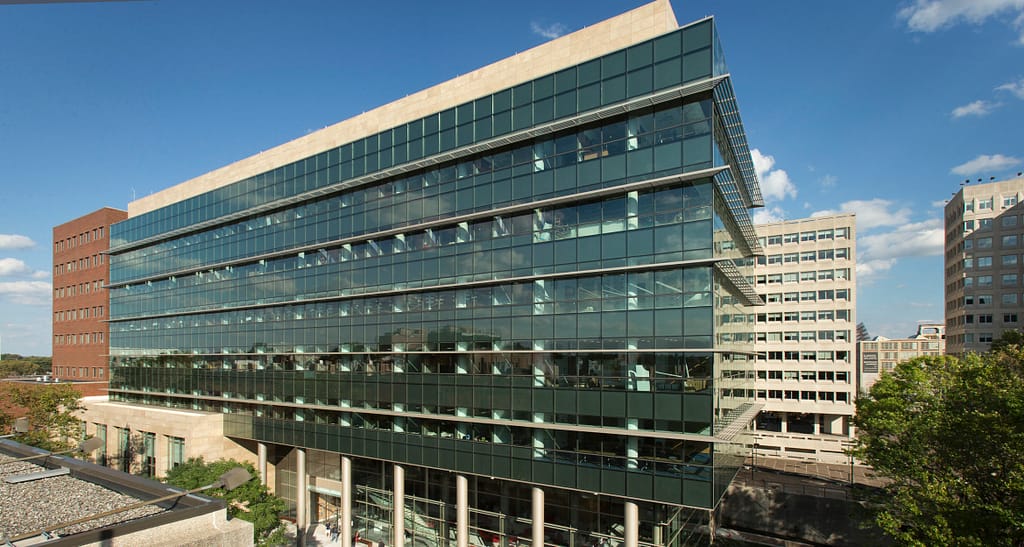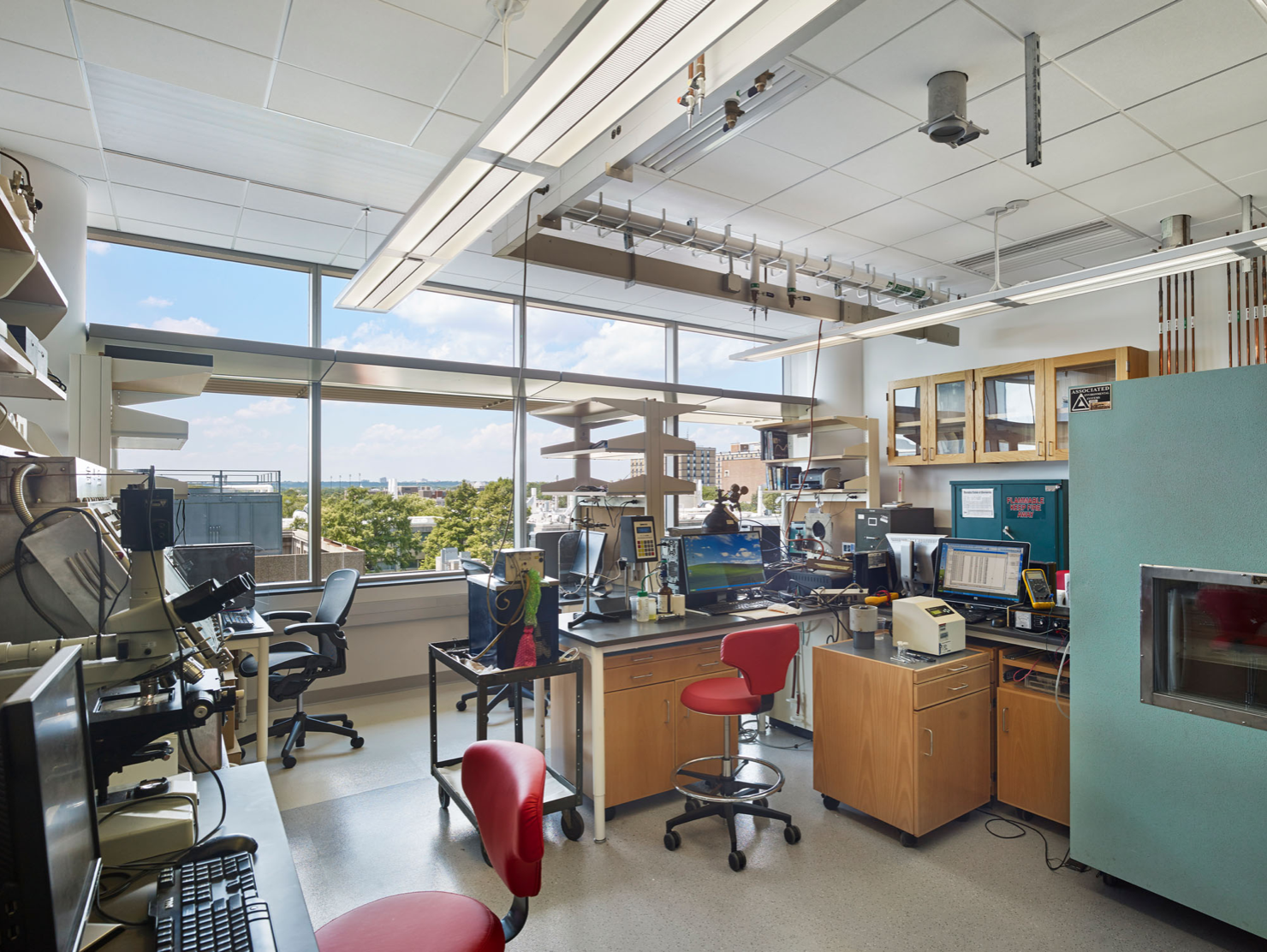Facilities
BUILDINGS



Science Education Research Center
The College of Science and Technology (CST) is home to the advanced Science Education and Research Center (SERC). One of the largest facilities of its kind on the East Coast, SERC is home to teaching and research labs, sophisticated instrumentation and collaborative spaces to facilitate innovation and discovery.
To increase its research potential, CST houses common instrumentation facilities for use by faculty and students at the college and across Temple University. Instrumentation includes three X-ray diffractometers, a transmission electron microscope, and an accurate-mass quadrupole time-of-flight mass spectrometer, which provides superior sensitivity and data quality for profiling, identifying, characterizing and quantifying compounds.
The college’s Research and Instructional Support Facility offers machining, including a computer numerical-control milling machine, providing the ability to design and manufacture an array of tools, prototypes and products essential for advanced research. Owl’s Nest, a high-performance computing, hosts 6,464 CPU cores, providing about 57 million service units (CPU core hours) per year.
Location
1925 N. 12th Street, Philadelphia, Pa 19122 USA
COMPUTATIONAL



Data Center
Houses a 1000 SF data center (DC) with 36 cabinets in hot-aisle containment configuration, specifically for use by these centers and institutes. Offices have high-speed network access to the DC bypassing the general university backbone to support fast in-house data transfers. The DC currently hosts the HPC training and testing cluster using the QDR-InfiniBand network and 32 12-core nodes from the first Owl’s Nest cluster funded by the CNS-09-58854 MRI grant that was in production until 2018. Temple University and Health System Joint Data Center (JDC) Temple University and the Temple Health System operate a 12k SF joint data center, which hosts all central IT resources. The JDC provides an extremely reliable environment for mission critical IT hardware: the building receives power from three independent feeds with fail over and supported by generators, extensive monitoring, state-of-the-art cooling and redundant fiber-optical networking.
AFFILIATED LABS



Organic Chemistry Lab
A lab area devoted to projects, experiments, reactions, and observations in organic chemistry.
The main objective is to design and synthesize drug candidates that have maximized interactions with their target binding site in an effort to increase activity and selectivity while reducing side effects.
Location
SERC 017




